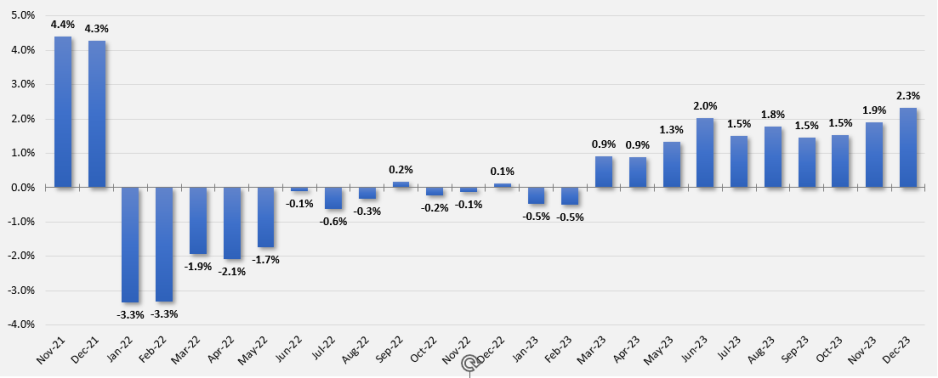In an era where healthcare is more critical than ever, the financial underpinnings of rural hospitals’ obstetric services reveal a distressing trend. Kaufman Hall’s recent analysis paints a stark picture: obstetric and delivery services are among the heaviest financial burdens for hospitals, with a concerning wave of closures in rural areas to safeguard the broader health facility’s economic stability.
The University of Minnesota Rural Health Research Center brings this issue into sharper focus, noting that about 40% of rural hospitals operate their obstetrics programs at a loss. These essential services often find themselves on the chopping block for low-volume or financially strained rural hospitals, struggling to keep their doors open.
Becker’s reports have highlighted the scale of this problem, documenting 15 hospitals that have scaled back or entirely cut labor and delivery services in 2024 alone. The core of this crisis lies in economics—rising operational costs, severe staffing shortages, and notably, inadequate Medicaid reimbursements are pushing these vital services to the brink.

Eric Fish, MD, President and CEO of Schneck Medical Center in Seymour, Indiana, underscores the severity of this issue, especially in rural locales where Medicaid covers a significant portion of births. With Indiana’s Medicaid paying only 57 cents on the dollar for the cost of care, the financial strain on hospitals serving these communities is profound. Fish emphasizes the necessity of boosting Medicaid reimbursements to ensure the continuity and accessibility of obstetric services.
The financial sustainability of offering obstetric services in rural hospitals is further hampered by state-set Medicaid reimbursement rates that fall short of covering the full costs. This economic shortfall is particularly acute in rural areas, where Medicaid funds half of all deliveries, underscoring the urgent need for enhanced reimbursement strategies.
Brett Altman, DPT, CEO of Cass Health in Atlantic, Iowa, suggests innovative solutions such as special Medicaid exceptions or additional payment programs for rural hospitals, recognizing the unique challenges they face in maintaining obstetric care amidst financial and staffing hurdles.
Moreover, the dearth of specialized obstetrics nurses and physicians compounds these challenges, necessitating significant investments to ensure 24/7 staffing. Dr. Altman shares that their facility invests around $3 million annually on traveling nurses to meet this need, a testament to their commitment to providing accessible care despite the financial and logistical obstacles.
This situation highlights a pivotal crossroads for healthcare in rural America: the necessity of reevaluating and enhancing support mechanisms for obstetric services to prevent further closures and ensure that every birth, regardless of location, is supported by the best care possible.
